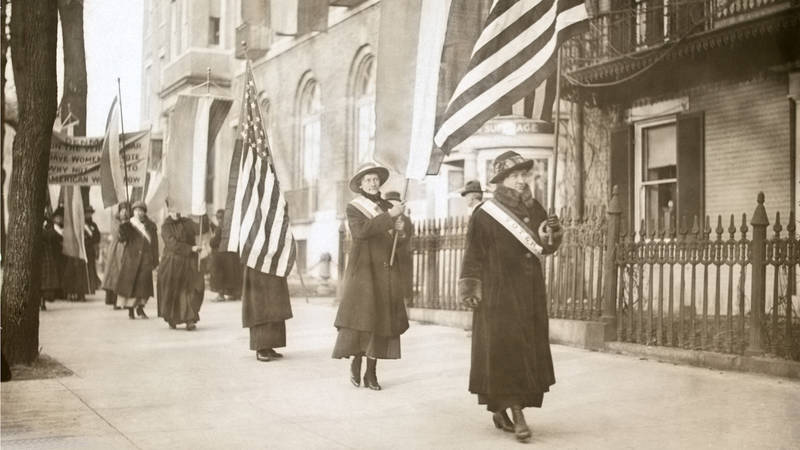Winter 2013
On the Right Track?
Gettysburg National Military Park could soon include a historic train station.
The modest two-story brick building located at 35 Carlisle Street has seen its share of history. The train station was built in 1859 to serve the growing population of Gettysburg, Pennsylvania. At the time, train depots were often the hub of city life, where locals picked up the mail, sent telegraphs, or reunited with loved ones returning from their journeys. But when the Civil War began, two years after the building’s construction, train depots quickly became military targets that offered tactical advantages to men in blue and gray.
TRAVEL ESSENTIALS
On June 27, 1863, Confederate forces led by Gen. Jubal Early cut off rail service to Gettysburg, severing a connection to Union forces days before the crucial battle. During the battle, the depot became a makeshift hospital. And when service was restored six days after the Union victory, 15,000 troops boarded trains here, many injured and bound for hospitals in Philadelphia, New York and Alexandria, Virginia.
Most of the Union dead remained on the battlefield, where they would be interred at the new Soldiers National Cemetery. Four months later, President Abraham Lincoln was invited to speak at the dedication. He boarded a train in Washington, D.C., and during the short trip, he reviewed his notes for a speech he would deliver the next day. Lincoln arrived at the Gettysburg station at 6:30 on the evening of November 18 and walked a few blocks to the home of attorney David Wills, where he spent the night. The next day, Lincoln spoke those immortal words that begin, “Four score and seven years ago…” and end with “…government of the people, by the people, for the people, shall not perish from the earth.”

National Parks
You can read this and other stories about history, nature, culture, art, conservation, travel, science and more in National Parks magazine. Your tax-deductible membership donation of $25 or more entitles…
See more ›After the war, passenger service to and from Gettysburg continued until 1942; telegraph and freight service ended in 1948. Over the next 50 years, the station slowly fell into disrepair. In 2006, the borough of Gettysburg cobbled together city funds and grants to refurbish the building and turn it into a museum, which it still operates. But now, city leaders and the Gettysburg superintendent believe the site is worthy of the Park Service arrowhead, and they have strong support from Rep. Todd Platts (R-PA) and Sens. Bob Casey Jr. (D-PA) and Pat Toomey (R-PA). Rep. Platts introduced legislation to designate the site, which is in his district; he’ll retire in December, so time is of the essence.
Given the Park Service’s well-known budget woes, some might question the addition of another historic structure. But the Gettysburg Foundation has been raising funds to purchase the building, which would be staffed by the local convention and visitor bureau. If the train station becomes part of the park itself, it will operate as a satellite visitor center, connecting history buffs to sites of interest downtown; the federal government need only pay for utilities and security.
“This train station tells one of the greatest stories of one of our greatest presidents, after the nation’s most famous battle,” says Nick Lund, Civil War associate in NPCA’s Mid-Atlantic regional office. “You can sit at the station and imagine that train pulling in, see Lincoln with his stovepipe hat, and watch him walk up the street to the Wills House, preparing to deliver the most famous speech in our nation’s history. With the 150th anniversary of the Gettysburg Address so close and a Hollywood film about Lincoln in theaters, it’s hard to imagine a better opportunity to make this vision a reality.”



